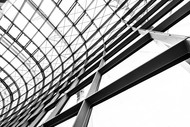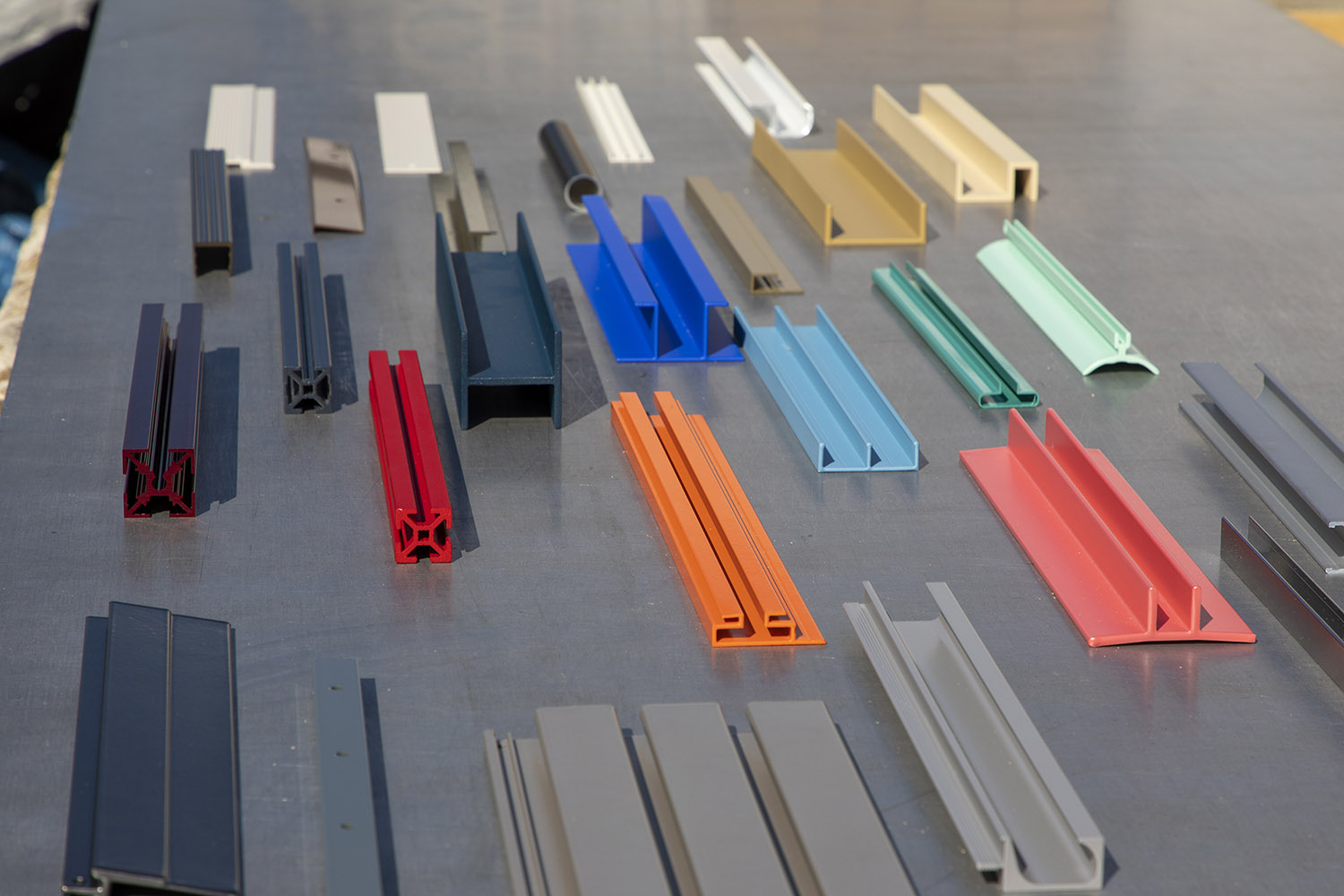How Architects Harness Custom Aluminum Extrusions

Aluminum extrusions have revolutionized the architectural industry, providing architects with versatile, lightweight, and durable materials that can be customized to suit their unique design visions. One of the most sought-after solutions is custom aluminum extrusions, which offer architects an unparalleled level of creativity and flexibility in their projects. In this blog post, we will explore how architects are harnessing the power of custom aluminum extrusions to create stunning and innovative architectural designs.
Design Freedom and Versatility: Custom aluminum extrusions empower architects to think beyond the limitations of standard building materials. With the ability to create unique profiles and shapes, architects can bring their visionary concepts to life. Whether it's designing intricate facades, curved structures, or custom railing systems, aluminum extrusions offer unparalleled design freedom. Architects can collaborate with aluminum extrusion manufacturers to develop profiles that precisely match their design specifications, resulting in one-of-a-kind architectural masterpieces.
Structural Strength and Durability: While aesthetics play a vital role in architectural design, structural strength and durability are equally important. Aluminum extrusions provide an excellent combination of strength and lightness, making them an ideal choice for architects. Custom aluminum profiles can be engineered to meet specific structural requirements, ensuring the longevity and safety of the building. From load-bearing components to curtain wall systems, architects can rely on custom aluminum extrusions to provide the necessary strength without compromising on design.
Energy Efficiency and Sustainability: Sustainable design practices have become paramount in modern architecture. Custom aluminum extrusions contribute to energy-efficient buildings in several ways. The inherent thermal conductivity of aluminum allows for effective insulation, reducing energy consumption for heating and cooling. Additionally, aluminum is a highly recyclable material, making it an eco-friendly choice for architects concerned about sustainability. By incorporating custom aluminum extrusions, architects can create energy-efficient and environmentally conscious designs that align with green building standards.
Seamless Integration and Finishing Options: Architects value the ability to seamlessly integrate building components and achieve a cohesive aesthetic. Custom aluminum extrusions provide a solution that perfectly fits this requirement. These extrusions can be seamlessly integrated into various architectural elements, such as windows, doors, cladding systems, and interior fittings. Furthermore, custom extrusions offer a wide range of finishing options, including anodizing, powder coating, and faux wood grain finishes. This allows architects to create the desired appearance, texture, and color scheme, achieving a harmonious look throughout the project.
Cost-Effective Solutions: Contrary to popular belief, custom aluminum extrusions can offer cost-effective solutions for architects. By working closely with extrusion manufacturers, architects can optimize the design to minimize material waste, reducing overall costs. Additionally, aluminum's long lifespan, low maintenance requirements, and resistance to corrosion make it a durable and cost-efficient material choice in the long run. Architects can benefit from the cost-effectiveness of custom aluminum extrusions without compromising on design or quality.
Custom aluminum extrusions have become an invaluable tool for architects, enabling them to push the boundaries of creativity while meeting structural and sustainability requirements. From innovative designs to energy-efficient solutions, custom aluminum extrusions offer a myriad of benefits for architects seeking to create distinctive and functional architectural projects. As the architectural industry continues to evolve, custom aluminum extrusions will undoubtedly play a vital role in shaping the buildings of the future.



